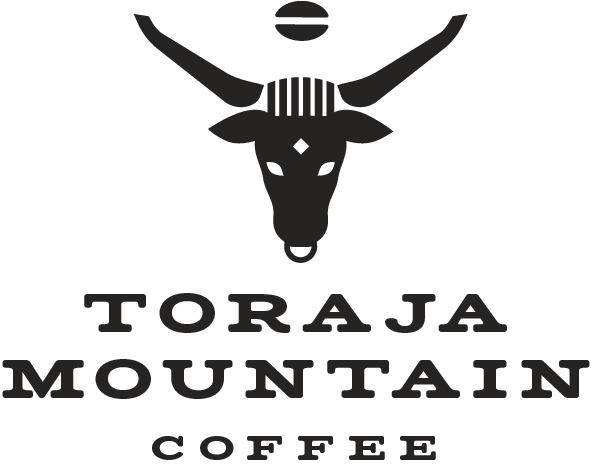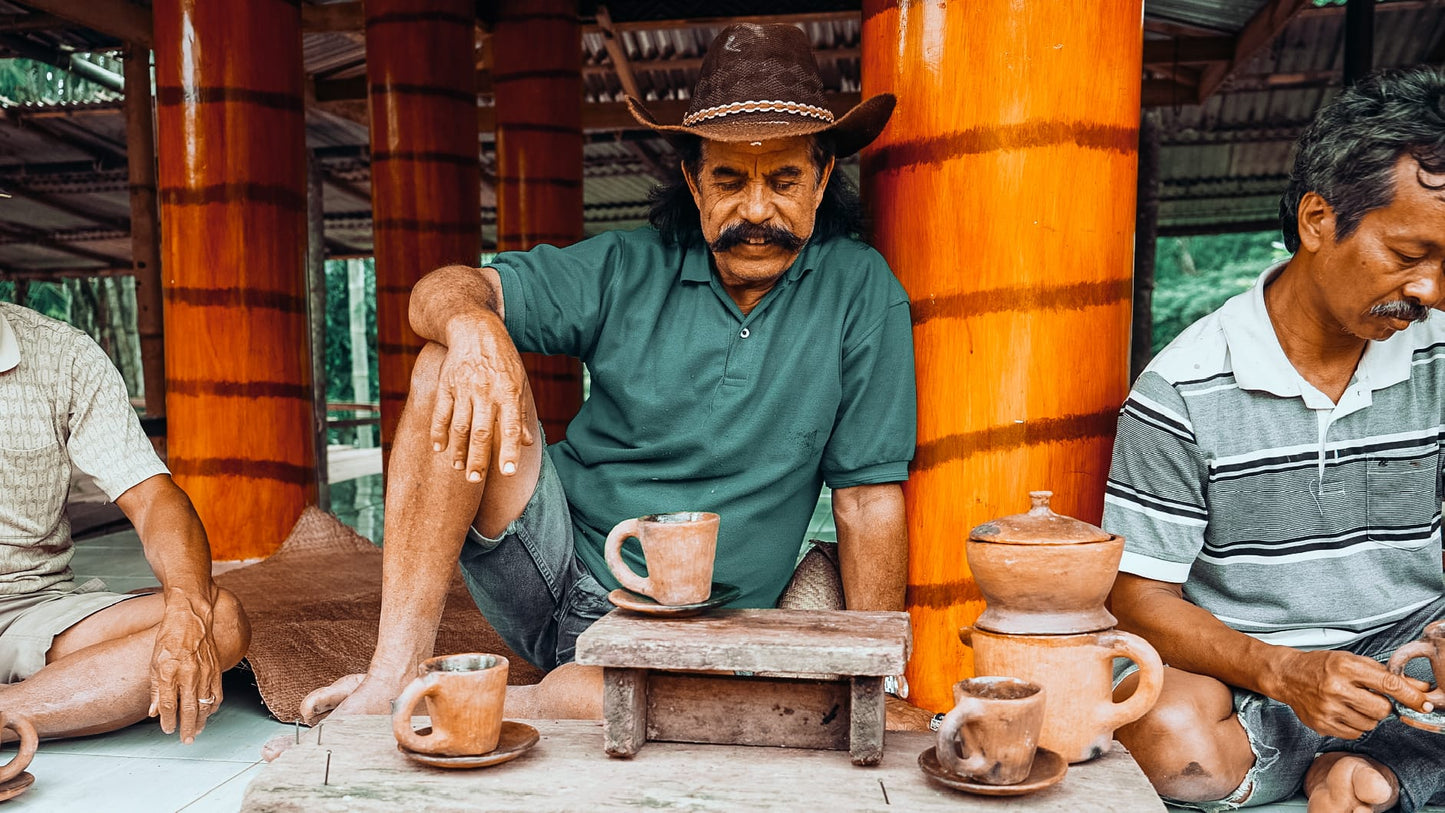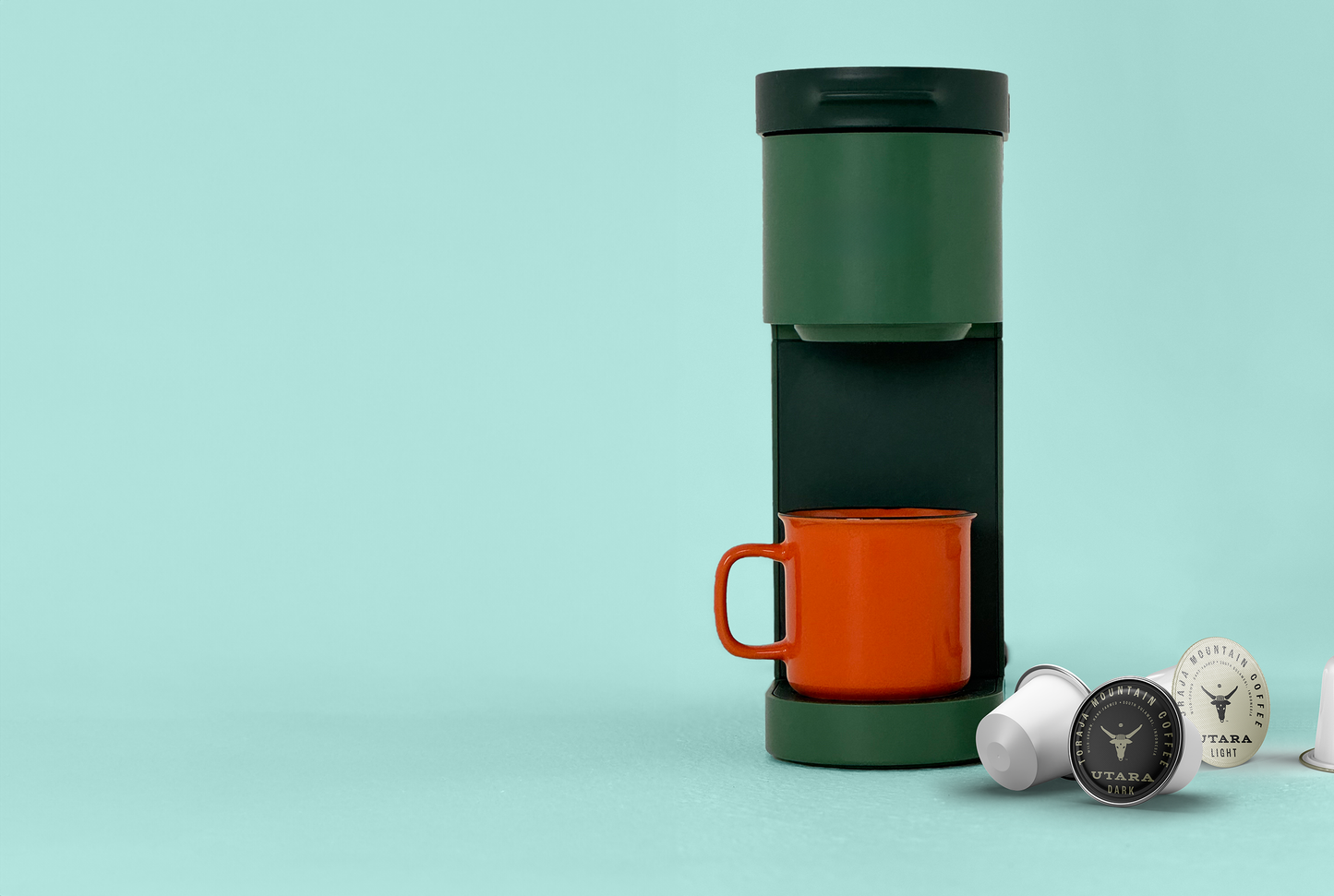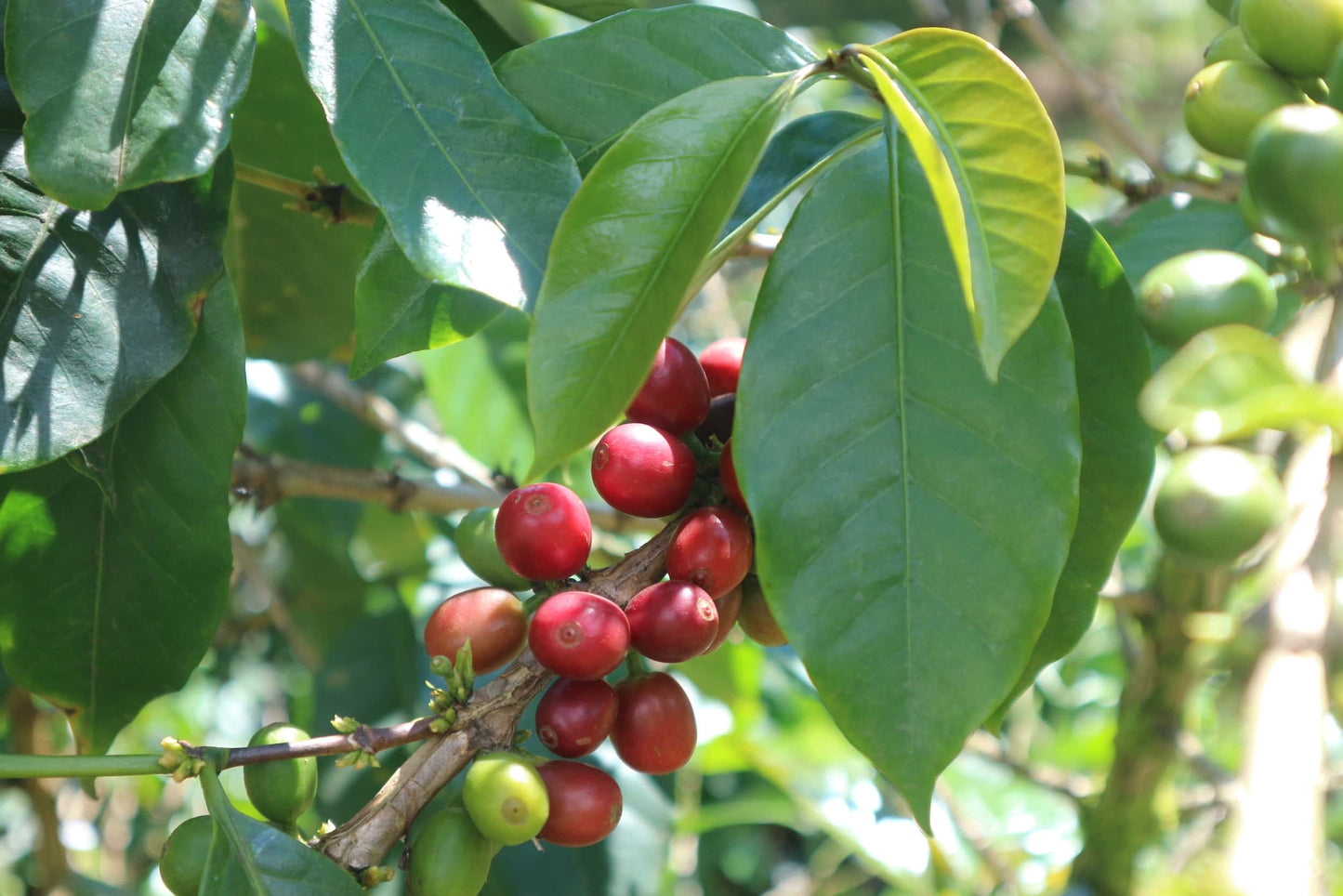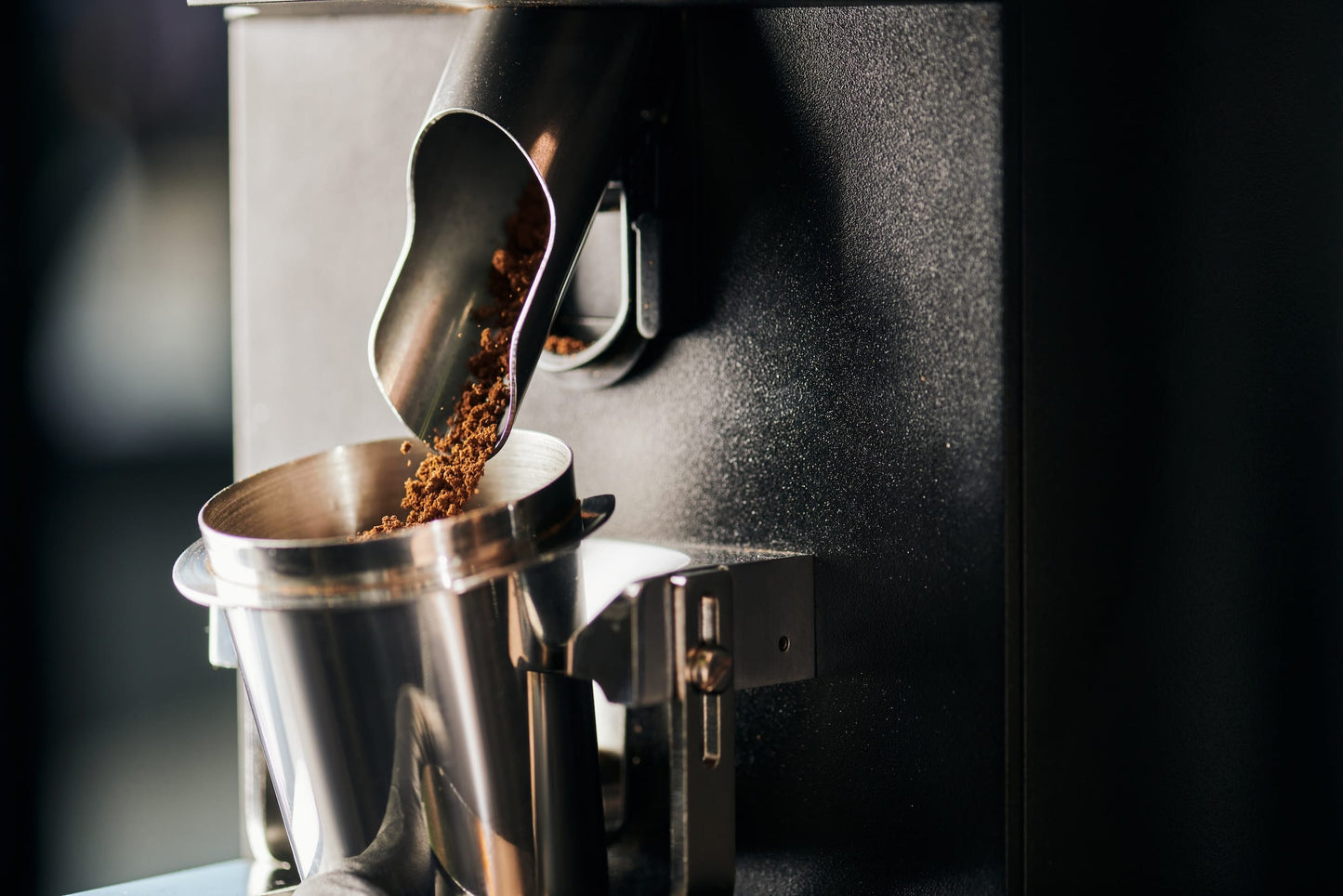The Toraja people have a rich cultural heritage. Deeply intertwined with their environment and daily lives.
One of the most striking examples of this is their use of fertile, black volcanic soil mixed with clay from the same mountains in which they live to make pots and cups for cooking and drinking.
This practice not only reflects a connection with the land, but also highlights the importance of sustainable resource management in traditional societies. Using the elements of earth in the most organic matter.

Toraja people or Toraja tribe, live in the highlands of Sulawesi, an island in eastern Indonesia. The region is rugged, the terrain is dangerous at best, with steep mountains and deep valleys that are blanketed with rice fields. The soil in this area is rich in nutrients, thanks to the volcanic activity that has shaped the landscape over millions of years. This fertile soil is ideal for growing crops, and the Toraja people have been practicing agriculture in this region for centuries.
In addition to farming, the Toraja people also have a long tradition of pottery-making in order to carry out their cooking. They use the black volcanic soil found in the region, which is mixed with clay from the same mountain to create a unique type of pottery. The resulting pots and cups are not only functional, but also beautiful, with a distinctive black and brown coloration that reflects the volcanic origins of the soil.
More than mere vessels, this pottery also reflects culture and value - as they play an important role in the expression of cultural identity and social status.

Making these unique cups starts by collecting clay from around the riverbank areas throughout the mountain and then kneading it to remove any impurities. Next is a charcoal colored soil and more kneading. Over and over. The clay is then hand-shaped using simple tools like wooden paddles, homemade bamboo tools and knives. Once the pot or cup is formed, it is sun-dried for several days (covering it when it rains.) After drying, all pieces are fired in a pit or bonfire until they are hard and durable - and now giving off their characteristic reddish-brown color.
It’s not an easy process. But it’s resourceful. It’s also hand-curated and completely natural. Just like our coffees.
